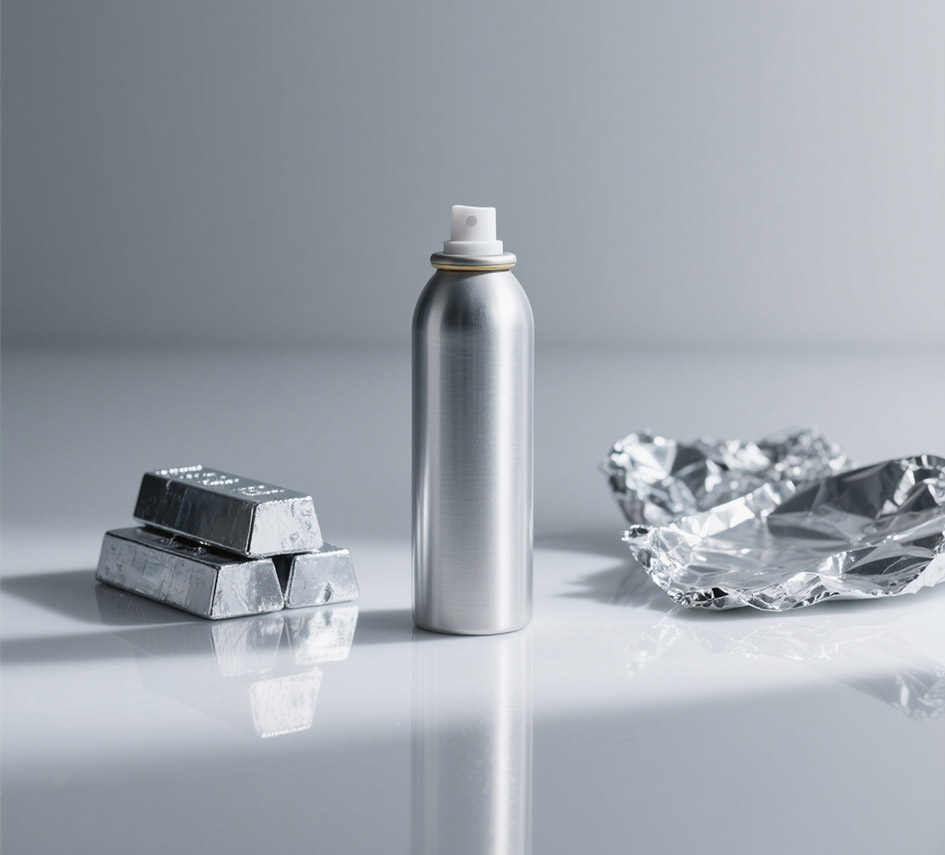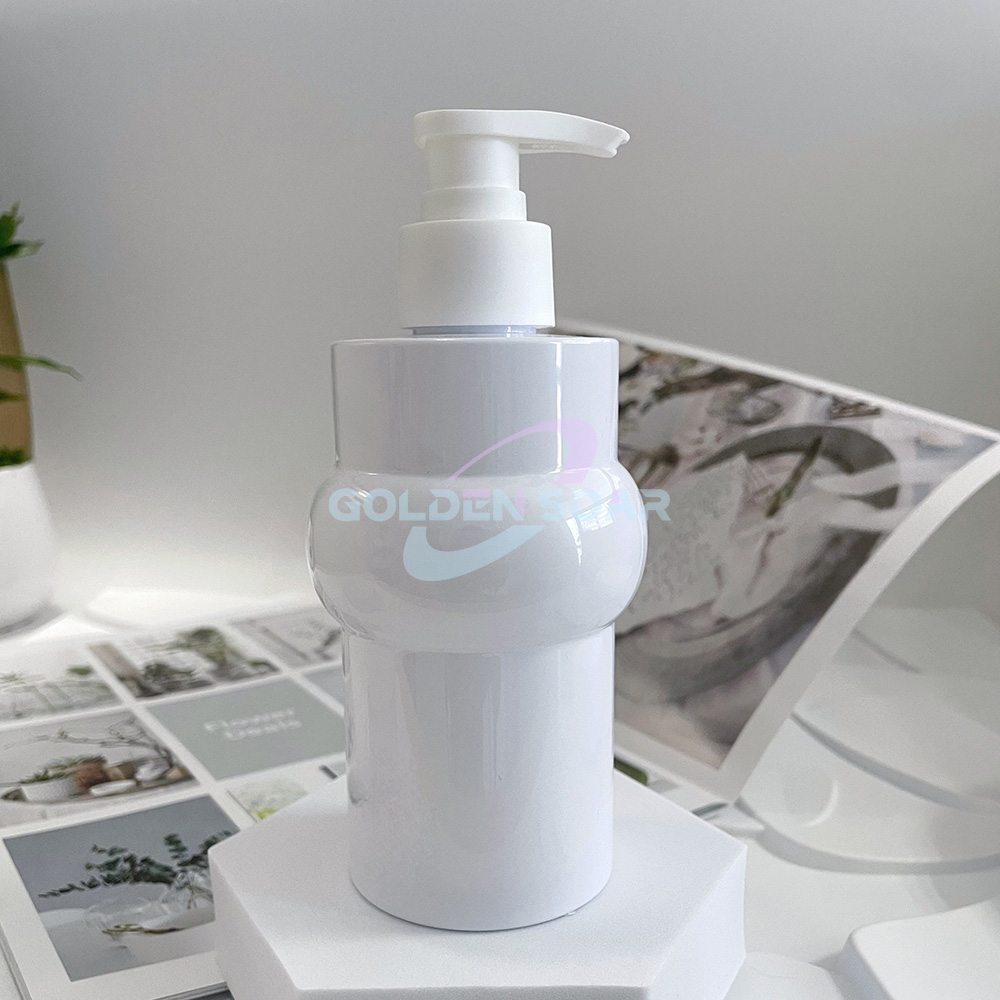
In today's world
{In today's environmentally aware context, the urge for sustainable packaging solutions is intensifying. Three primary plastic types in packaging are polyethylene resin, polypropylene material, and polyethylene terephthalate fabric. Each material offers unique features that make it advantageous for different applications. Polyethylene is a malleable plastic often used in liners, while polypropylene is known for its toughness and is commonly found in carriers. PET, on the other hand, is sheer and featherweight, making it a popular choice for fluid carriers.
{When choosing sustainable packaging, it's crucial to weigh factors such as the upcyclability of the element, its ecological effect, and its efficiency.
Perks of PET Packaging in Food and Beverage
{PET coverings have become a popular choice for the food and beverage industry due to their numerous upside. One key profit is its lightweight nature, which translates to reduced carriage costs and a smaller carbon footprint. PET is also easily recyclable, making it an environmentally sustainable option. Furthermore, its transparent nature allows for product visibility, enticing consumers and enhancing brand marketing.
- Additionally, PET's durability protects goods from damage during handling and preservation, ensuring freshness and quality.
- Due to its barrier properties, PET effectively prevents the entry of moisture, oxygen, and toxins, preserving product flavor and safety.
Broadly, PET shells offer a workable solution for the food and beverage industry, combining cost-effectiveness with earth-conscious considerations.
Polypropylene Packaging: Benefits for Diverse Markets
{Polypropylene products, commonly known as PP, has emerged as a leading choice for consumer goods due to its exceptional versatility and durability. The combination attributes make it ideal for a wide range of applications, from food vessels to household goods. The inherent strength of PP provides excellent protection against impact, scraping, ensuring the integrity of the product throughout its lifecycle. Furthermore, PP's toughness to withstand a variety of temperatures and environmental conditions makes it suitable for both indoor and outdoor use.
- PP packaging offers a high level of reuse, minimizing its environmental impact.
- Creators often utilize PP to create lightweight and compact packaging solutions, reducing transportation expenses, and promoting environmental stewardship.
- The smooth surface of PP makes it easy to print on, allowing for clear and vibrant product marking.
In conclusion, PP packaging's combination of durability, versatility, and sustainability has firmly established it as a preferred choice for protecting and presenting consumer goods in today's market.
Aluminium alloy's in Premium and Protective Packaging
{Aluminum has emerged as a staple material in the area of premium and protective packaging. Its inherent properties make it an ideal choice for safeguarding commodities during transport and storage. Aluminum's endurance provides exceptional security against natural factors such as moisture, oxygen, and light, ensuring product integrity and extending shelf life. Furthermore, aluminum's visual appeal contributes to the premium reputation of packaged goods, enhancing brand acknowledgment.
Reviewing Properties of PE, PET, PP, Aluminum
{Various plastics and metals possess distinct individual characteristics that influence their applications. Polyethylene fabric, commonly known as PE, is renowned for its flexibility and low cost, making it suitable for packaging and envelopes. Polyethylene terephthalate frequently called PET exhibits high sturdiness and clarity, fitted in beverage bottles and textiles. Polypropylene polymer type, or PP, demonstrates robustness and chemical resistance, positioning it for items like containers and automotive parts. Aluminum, a element, stands out due to its outstanding conductivity and recyclability, facilitating applications ranging from cans to construction materials.
Nature-Supportive Alternatives: Biodegradable and Compostable Options
{In today's world, it's more crucial than ever to decrease our impact on the planet. One way to do this is by opting for eco-friendly alternatives to regular products. Biodegradable and compostable options offer a outstanding solution to litter problems. These materials deteriorate naturally over time, renewing valuable nutrients to the soil.
- Samples of biodegradable and compostable products contain food packaging, bags, and even outfits.
- By choosing these possibilities, we can maintain natural resources and build a more sustainable future.
Modernizations in Flexible Packaging: PE Films and Laminates
{The flexible packaging industry uninterruptedly strives to develop innovative solutions that meet the evolving demands of consumers and manufacturers. Polyethylene (PE) films and laminates have emerged as key players in this landscape, offering a wide range of properties such as strength, durability, barrier performance, and versatility. Recent enhancements in PE film technology have led to the creation of high-performance materials with improved puncture resistance, tear strength, and chemical resistance. These enhancements facilitate the packaging of a diverse range of products, from food and beverages to pharmaceuticals and personal care items.
- As well, advancements in lamination techniques have allowed for the integration of multiple layers of PE film with other materials such as fibers and metallized foils. This multi-layered approach enhances the protective capabilities of packaging, providing superior barrier properties against moisture, oxygen, and light.
- As a result, flexible PE films and laminates are increasingly being exploited in sustainable packaging solutions. Their lightweight nature reduces transportation costs and diminishes the environmental impact associated with packaging waste.
A Sustainable Viewpoint
{In an era defined by environmental consciousness, the impact of packaging on sustainability has come under intense scrutiny. Traditionally, packaging has been viewed as a linear system, where materials are extracted, processed, used once and then discarded. However, embracing a circular economy approach presents a transformative solution. The aforementioned paradigm emphasizes reducing waste by reusing, repairing, and recycling packaging materials, minimizing the depletion of resources and environmental impact. By implementing innovative design strategies and fostering collaboration across the supply chain, businesses can create a closed-loop system where packaging becomes a valuable resource rather than a source of pollution.
- A circular economy approach to packaging prioritizes the reuse and recycling of materials.
- Inventive design strategies play a crucial role in minimizing packaging waste.
- Collaboration across the supply chain is essential for achieving a truly sustainable system.
Norms and Components for Packaging
{Packaging substances are governed by a variety of legislations designed to ensure the security of consumers and the nature. These conditions often dictate the types of elements that can be used, as well as regulations on packagingconfiguration to limit potential hazards. Obedience with these regulations is vital for builders to avoid charges. These rules can vary from nation to nation, so it is imperative for businesses to analyze the specific laws that apply to their stock. A Tinplate Packaging common goal of packaging standards is to copyright eco-friendliness. This frequently involves favoring the use of renewed substances and curtailing packaging junk.
Minimizing Material Weight
{In today's dynamic market, packaging/product containment are constantly seeking innovation/optimization/advancements to enhance both the performance/efficacy/effectiveness of their packaging and its environmental footprint. Lightweighting/Material optimization/Reducing density emerges as a key strategy in achieving this balance. By strategically/intelligently/carefully reducing the weight of packaging materials without compromising protection/integrity/security, manufacturers can achieve significant benefits/gains/advantages. These include lowered/reduced/diminished transportation costs, minimized/decreased/limited environmental impact through lesser/reduced/minimal resource consumption and carbon footprint, and improved/enhanced/optimized shelf appeal due to a more streamlined/compact/efficient design.
- Additionally/Furthermore/Moreover, lighter packaging can often lead to increased/enhanced/boosted product stackability, allowing for greater/more/superior storage efficiency and potentially lowering/reducing/minimizing overall shipping volumes.
Therefore/Consequently/As a result, investments/initiatives/commitments in lightweighting represent a strategic/forward-thinking/proactive step towards sustainable/eco-conscious/responsible packaging solutions that meet the demands of both consumers and the planet.
Choosing the Right Packaging Material: Factors to Consider
When it comes to packaging your products, the choice of material is vital. It's not just about look; the right packaging needs to ensure your items during transit and fulfill specific requirements. Here are some crucial factors to take into account:
- Kind of Merchandise
- Resilience
- Sustainability
- Monetary Factor
- Visual appeal
By deliberately considering these factors, you can choose the perfect packaging material to accentuate your products while assuring their well-being. 